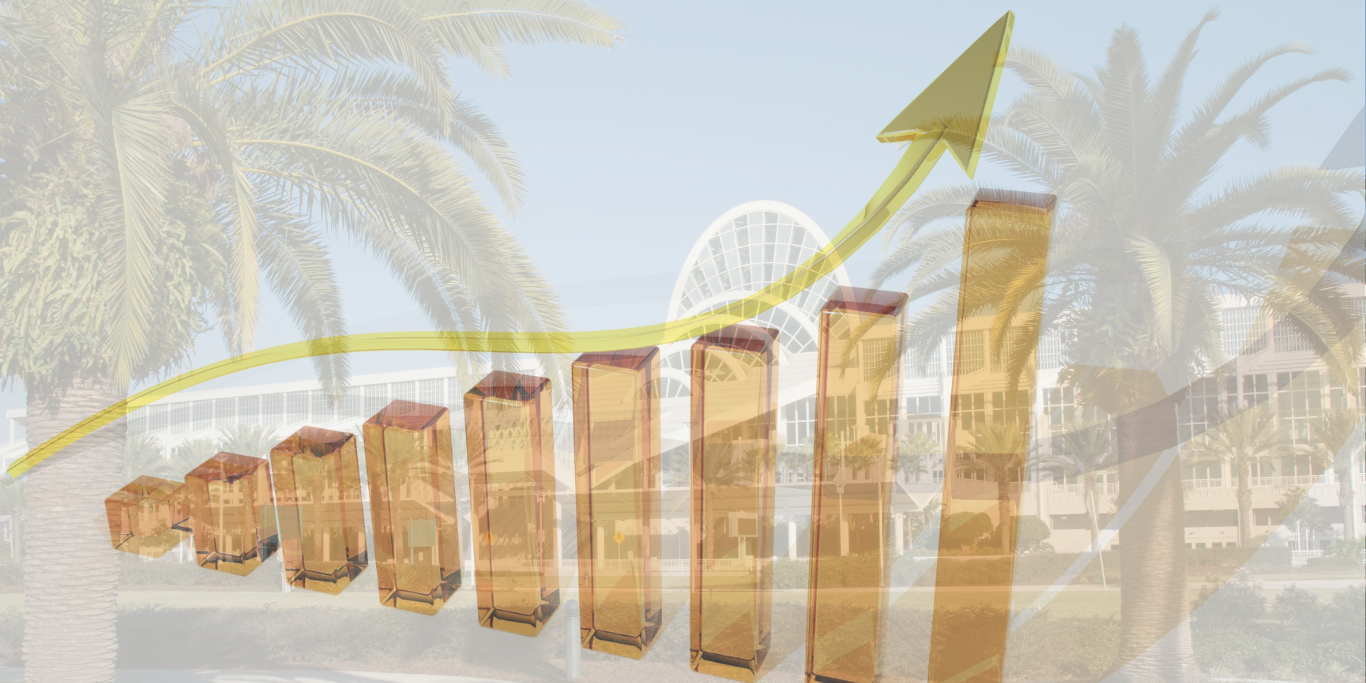By Ryan Lynch
New apartments, theme parks and more are driving the conversation around economic development needs for International Drive.
The area, which is overseen by both the city of Orlando and Orange County, has over $2 billion in new development planned for this year and beyond. That includes over 3,000 new units in the northern, city of Orlando portion of the corridor, which could represent over 7,000 new residents — if there are on average two people per unit.
Orlando City Commissioner Bakari Burns, who represents a portion of I-Drive in his district, told Orlando Business Journal that the commercial development has driven the need for that residential development, which historically has not been there. Burns hosted a roundtable with multiple International Drive stakeholders, including Universal Orlando Resort, on May 19 at the LifeHouse Church to share some of the projects and chat with local business stakeholders.
Universal hopes to set model with SunRail route
Among the largest projects currently going on is Epic Universe, Universal’s newest theme park and resort which it plans to open in 2025.
The project is set to add roughly 15,000 jobs directly, plus another 14,000-15,000 indirect jobs created by the construction and operation of the project. The end result will be the International Drive corridor going from 75,000 employees to nearly 100,000, which will drive the need for more transportation infrastructure.
John McReynolds, senior vice president of external affairs at Universal Orlando, said the growth was part of the reason Universal wanted to invest into new transportation infrastructure, including the newly proposed Brightline/SunRail shared corridor with a location near the Orange County Convention Center.
Comcast Corp.-owned (Nasdaq: CMCSA) Universal has pledged to back $125 million of bonds through a public entity with other I-Drive stakeholders and also has said it would donate up to 13 acres of its land along Destination Parkway, which would include a station location as well as nearby right of way.
Besides the benefit to Universal’s new theme park nearby, it also will connect the proposed 1,000 units of affordable housing on land donated by the company north of the proposed station.
“I hope it becomes the model for SunRail up and down the corridor,” McReynolds said. “Rail works when you have density of development.”
Business stakeholders want more government collaboration, focus on affordable housing
Leaders in the area business community also pushed for the city to help address current and future challenges.
RJ Dowdy — part of the Dowdy Family, which owns multiple commercial properties along International Drive — said during the meeting he wants both the city and county to better collaborate on the vision and operation in the area, especially between Sand Lake Road and Universal Boulevard where the city and county portions meet.
Dowdy mentioned it taking longer to get certain updates in that particular stretch including LED streetlights, and not having anything done with the sidewalk easements they give up during redevelopment. “I know it takes time, but nobody’s ever come to us to say we need your help to make this happen,” Dowdy said. “We always hear that stakeholders are involved. We aren’t, but we would love to be.”
Angel de la Portilla, the president of Orlando-based government consulting firm Central Florida Strategies, asked what the city was doing to draw affordable housing to the area. “The cost of development continues to go up, so these rents theoretically in a couple of years could be $3,000,” he said. “So where are the hospitality workers going to live in the next wave of growth?”
Burns said the city is working to figure out how it may be able to incentivize affordable units. The city does currently offer some incentives and other programs to encourage affordable housing developments.
“We’re going to have to look at how we can be creative to incentivize developers to set aside affordable units, but to also get them to recognize that it is in the best interest of us all,” Burns said. “If we have a thriving district, but it takes longer for the workers to get there, we then start to have a problem.”
Transportation like SunRail and I-Drive could also play a role in making it easier to move around and connect affordable housing, Burns added.
Source: Orlando Business Journal
To see the source article, click here.*
*This link may be pointing to an external website out of our control; therefore, this link may become broken at any time.
